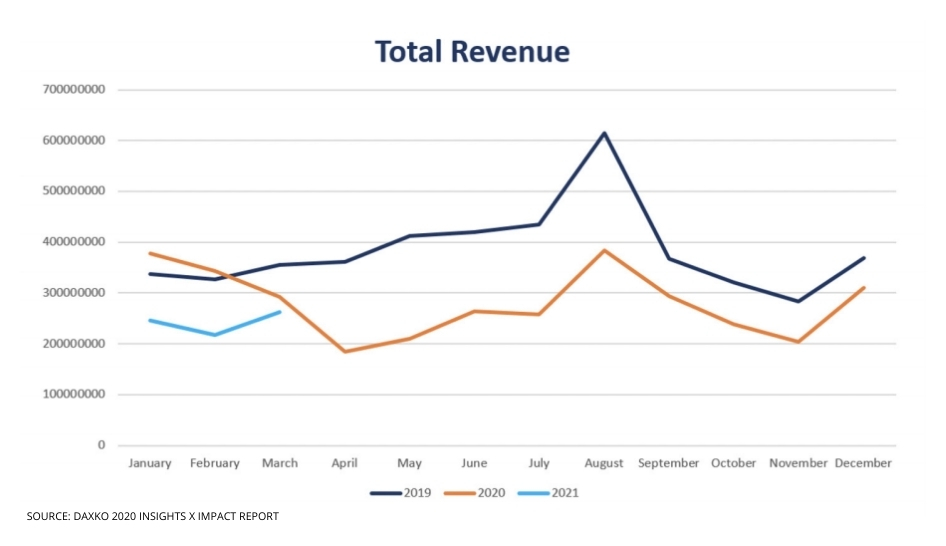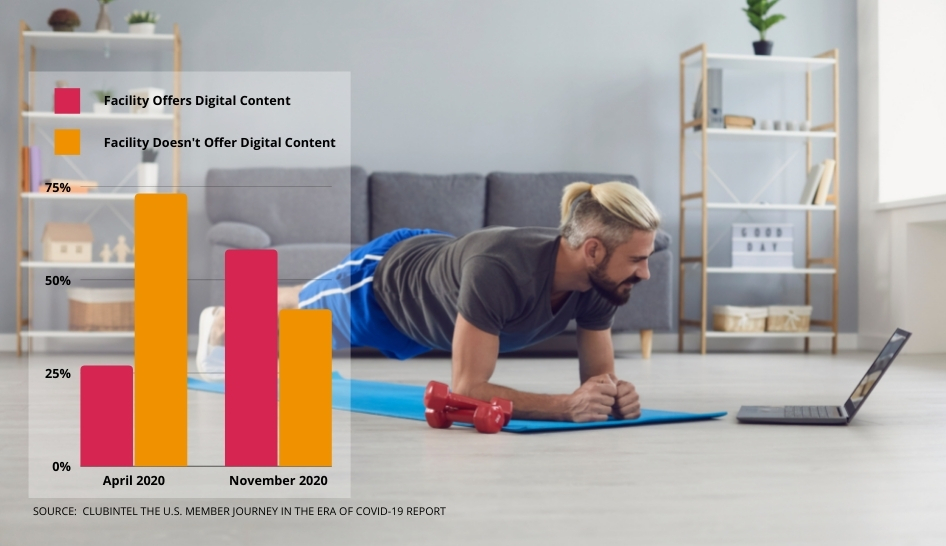Over the past several years, landlords have turned to gyms and studios to anchor shopping centers as many department store brands have floundered with the rise of Amazon and online shopping. Pre-pandemic, 44% of Philips Edison & Company’s 340+ shopping centers housed health clubs, according to the Wall Street Journal. A 2015 Kimco case study found that one year after the arrival of LA Fitness gyms at two shopping centers, six other tenants increased sales by 30% or more.
Health clubs, gyms, and studios play a vital role in revitalizing the economy and communities they serve, making relief and recovery all the more critical for the industry.
The Pursuit of Fitness Industry Relief Persists
Adding to the plight of health clubs and studios is Congress’s exclusion of industry-specific relief in the most recent $1.9 trillion coronavirus bill approved by the Senate. Despite COVID-related restrictions and economic damage rivaling that of restaurants, hospitality, and live events, gyms and studios have not received specific funding.
The economic impact of the COVID-19 pandemic has left an indelible mark on the brick and mortar fitness industry. Large and small businesses, employees, local economies, and consumers have all been affected by the struggles club operators are still experiencing. Without relief, thousands of businesses committed to improving the health and wellness of millions may close permanently.
“Fitness is a billion-dollar industry, yet we never had a solid political presence on local and federal levels,” said Diva Richards, CEO of Hard Work No Excuses, a small fitness business located in Marlton, NJ. “The pandemic forced us to first unite as an industry and secondly to make our voices be heard.”
IHRSA is continuing relief efforts critical to the industry and communities they serve. So far, with 28,000 actions taken, the bipartisan GYMS Act has surpassed 100 co-sponsors in the House of Representatives. On Thursday, May 13, the bill was introduced in the Senate. GYMS Act champion, Rep. Mike Quigley (D-IL), is hopeful that the legislation will gain more traction.
“This is not the end of the road,” said Quigley in a recent industry event hosted by IHRSA: United We Rise - Stronger than Ever. “There are already talks of other stimulus packages, and we mustn’t let up the pressure now. The federal government needs to provide assistance to your businesses which are hurting through no fault of your own.”
In the aftermath of industry damage due to COVID, gym and studio operators press on, improving the lives of millions of Americans through physical activity. The industry is resilient, but business owners, operators, and employees need help. IHRSA’s mission to protect the industry and grow beyond its pre-pandemic peak continues in the fight for relief.



